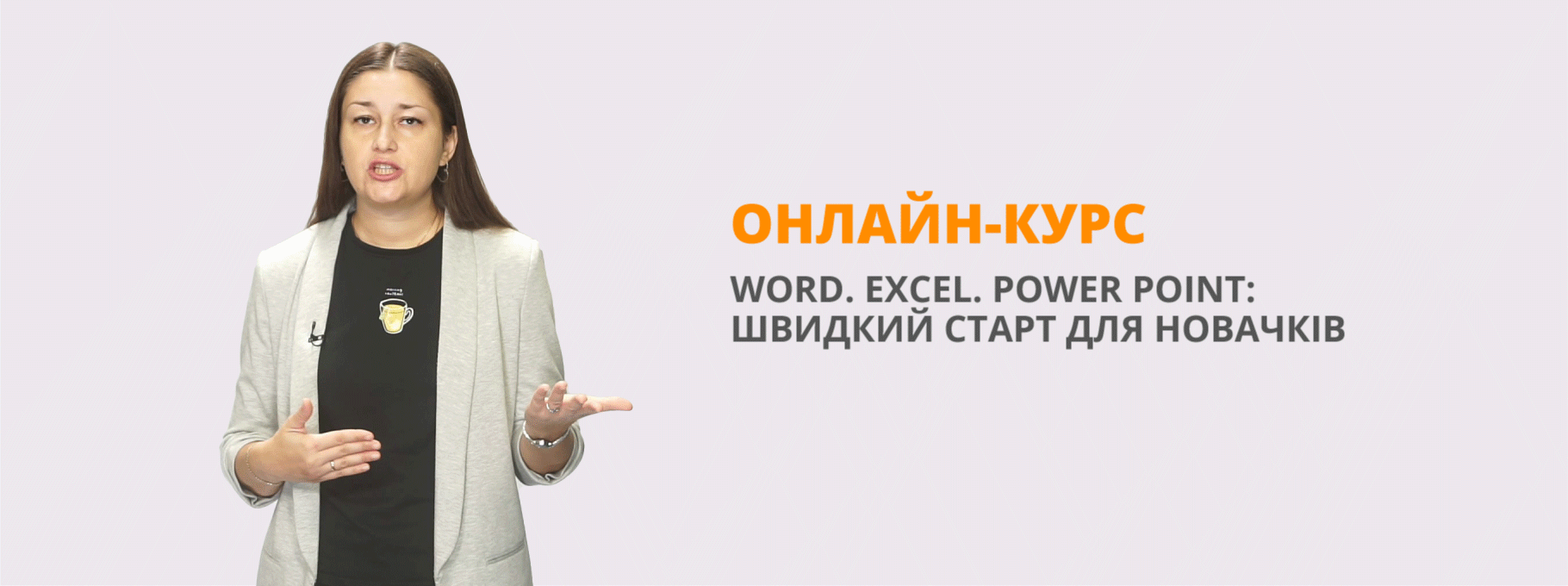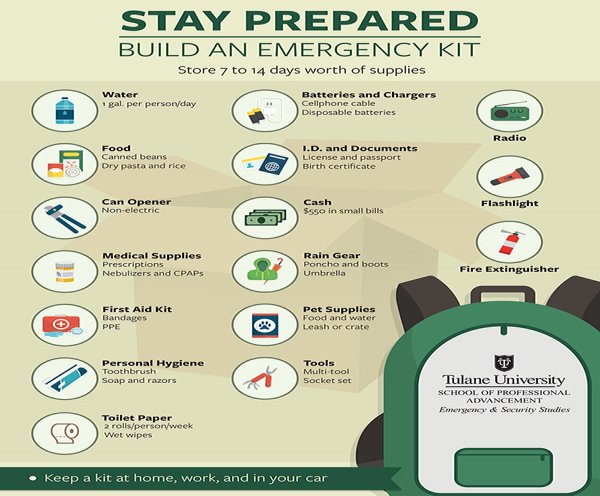Урок "Natural disasters: stay prepared."
Theme: Natural disasters: stay prepared.
Objectives:
Practical: to activate the topic-related lexis; to practice speech patterns; to develop pupils’ speaking skills maintaining free discussion; to reinforce pupils’ speaking habits.
Educational: to expand pupils’ vocabulary on the topic studied; to widen pupils’ knowledge on the topic; to develop creative imagination in communicative activity, critical thinking, and abilities to bring knowledge and skills into a new situation.
Cultural: to give pupils an idea about weather hazards and disasters in different countries; to learn the survival techniques in case of a certain disaster.
Bringing-up: to make pupils aware of the importance of the subject under discussion; to bring up in pupils respect to nature; to develop feelings of sincere sympathy to people affected by peculiar disaster; to encourage pupils to work cooperatively in pairs and groups.
Equipment: a computer, a projector, handouts, students' projects.
The plan of the lesson.
1. Beginning of the lesson.
T: Good morning to everyone! I`m glad to see you ! I hope our lesson will be interesting and usefull .
Last lesson we spoke about the kinds of natural disasters which happen around the world. In addition air, land, and sea disasters are all man-made disasters. Long-term man-made disasters tend to refer to national and international conflicts. There are disasters that result from both human error and natural forces. These are hybrid disasters.
2. Warming-up
T: So, in pairs, look at the words and word-combinations. Divide the words into two groups. What principle of division do you use? Which of them can you put into both columns? (Floods, fires, global warming, climate change, earthquakes, deforestation,
avalanches, blizzards, droughts, tsunami, volcanic eruption, endangered species.)
|
Natural disasters |
Man-made environmental issues |
Both |
|
|
|
|
Nobody likes to think about disasters affecting our communities. But whether its floods , wildfires, tornados, or other disasters, thinking about it is exactly what we need to do. Preparation makes all the difference; it can literally save lives.
Children and families can prepare together. Disasters can be scary, but being ready is one way to be less afraid!
3. Listening & Vocabulary practice
T: Now we are going to see the video “7 Ways to Survive Natural Disasters”. Please, watch it attentively, there will be an exercise after it. https://www.youtube.com/watch?v=OCjl6tp8dnw
T: You were very attentive so now you’ll do the task. Fill in the gaps.
- If a __________ starts while you are driving, leave your vehicle and find a building to shelter in, or a ditch. Stopping in an overpass will not save you. If your home is a trailer and there is enough time to flee to a safe area – do it.
- If a ________ starts when you are in a public building, follow the same rules. You want to stay as low as possible. Avoid windows and open spaces such as auditoriums, gyms, and large hallways. Desks and benches can give you some extra protection if you get under them. It is impossible to outrun a _______.
- _________ are so fast they hit the coast minutes after the earthquake. Remember that tall buildings, including hotels right in the beach area, can provide an excellent shelter. In case a _______finds you at sea, stay there instead of going back to the coast. It n’t be a safe haven. –
Don’t try to be the bravest person around and stay in your house once you hear the evacuation warning. Leave for safety in higher grounds with your important papers in a waterproof container. If a flash flood gives you no time to evacuate and the water is all around you, don’t try to swim across it.
- When an avalanche starts, try to move to the side of the slope as fast as you can. There will be more snow in the center of the flow. To move faster, drop any heavy equipment you have on you. If you can’t escape it, try using a sturdy tree to keep you above the snow.
- If you find yourself in a ______ area, it is critically important to ensure that you can breathe. If you fail to do it, you can pass out in the midst of a danger zone. Use a wet cloth to cover your nose and mouth and escape to safety.
- If an ______starts when you are inside, stay where you were. Experts say that during an ______ you must drop to the floor, get underneath a table, cover your neck and head with one hand, and hold on with the other hand. Your entire body must be under the table. Don’t try to run out of the building - the exterior of a building is one of the most dangerous places.
- Reading . Speaking
T: Because emergencies can show at any time, it’s never a bad idea to have preparations in place before circumstances become dire. Though different situations call for different tools, it’s possible to have a kit suited for a number of issues. With this quick guide to the best supplies and way to build an emergency kit, anyone can stock up on the resources they may need the most. And of course we remember the war reality we live in…
What would you take if an emergency occur? So let`s have a look at this picture.
T: Let`s read and discuss the things we need. to do.
Quantities
Planners should prepare to have enough supplies to last at least one to two weeks. Since it’s best to prepare well before an emergency happens, this can also be a good time to speak with friends or family members about what’s available and who may have particular needs, such as those with underlying medical conditions. If evacuation is a concern, also be sure to have a stock of supplies ready for immediate departure.
Food and Water
Any emergency security plan should include food and water; these should be measured both in terms of individual and familial needs. That is, there should be at least a gallon of water per person, per day, and a supply for the entire household. Have emergency as well as long-term supplies of both, the former lasting a few days and the latter lasting two weeks. The same goes for food, and planners should aim for long-lasting foods that are easy to cook. Canned beans, dried pasta, and rice are a few good examples.
Hygiene and Medical Supplies
Prescription and over-the-counter medicine alike may be essential items in emergencies, so it’s wise to stock up on them. Also worth including in an emergency kit are hygiene items, like toothpaste and toilet paper, as well as first aid kit items— bandages, sterile gloves, and similar supplies. It’s a good idea to have first aid manuals, medical information, and prescription instructions on hand, too. Parents and caretakers, in particular, should gather what pertinent documents their dependents might need.
Electronics
There are a few electronic staples households should include in their emergency kits. Flashlights are a must if power may be a concern; a battery-powered or hand-crank radio is also worth keeping around for news, especially if family members’ phones might ho be rendered inoperable. It goes without saying that kit planners will want to be able to power these things, so fresh batteries and working charger cables should be included.
Other Supplies
Electronic items won’t be the only useful tools to have in an emergency kit. A non-electric can opener could be indispensable, as might a multi-tool kit or socket set if something breaks. The same is true for clean clothes and weather gear, like ponchos, boots, and umbrellas. Even if fire isn’t expected to be an issue, owning a fire extinguisher could be the difference between safety and serious damage.
Personal Items
The family should keep personal documents and information close, from passports and IDs to birth certificates and social security cards. It’s also smart to have a small amount of savings set aside for emergencies;
Pets
For those with pets, an emergency kit should include food, water, medical information, any leashes, and a crate for protection.
Keeping a full kit at home, at work, and in the car can help mitigate confusion and concern when emergencies occur.
5. Conclusion of the lesson
Summarizing.
T: I wish we never experienced any disasters. So, in all cases we should Remember Tips to Survive the Next Natural Disaster
- Stay Updated. ...
- Practice Safety Drills. ...
- Get All Important Documents Copied and Compiled. ...
- Know Escape Routes and Nearest Shelter Locations. ...
- Prepare An Emergency Bag. ...
- Stock Up on Food and Water. ...
- Charge Your Phone (and Pack Your Charger)
T: I suppose you got necessary information how to behave during the disasters. You must remember: We cannot stop the natural disasters but we must do our best to stay alive!
6.. Homework:
The home task is to write down your own plan of actions during the emergency. Thank you for your great work. The lesson is over. Good-bye. See you next time.


про публікацію авторської розробки
Додати розробку

